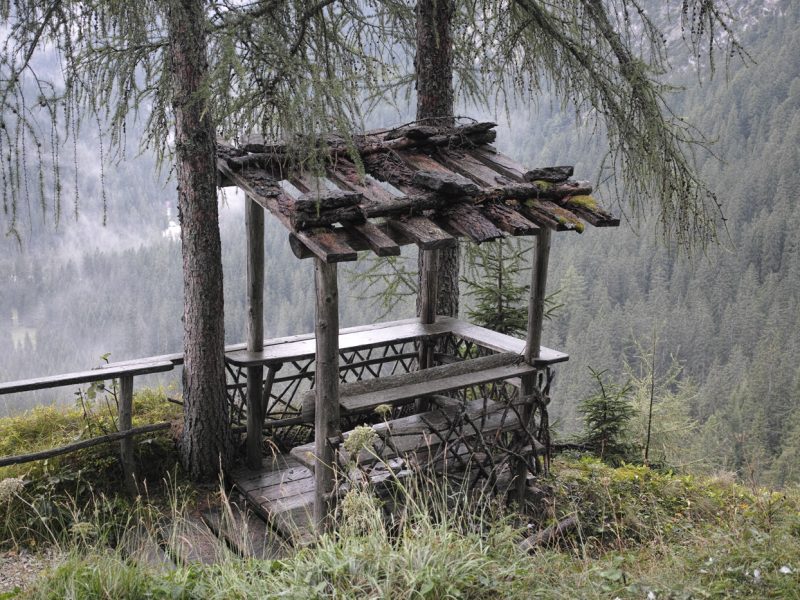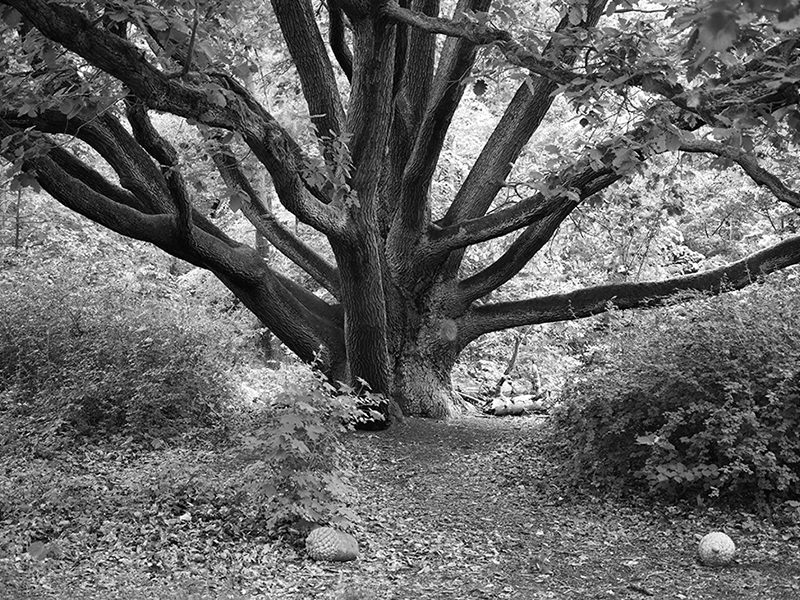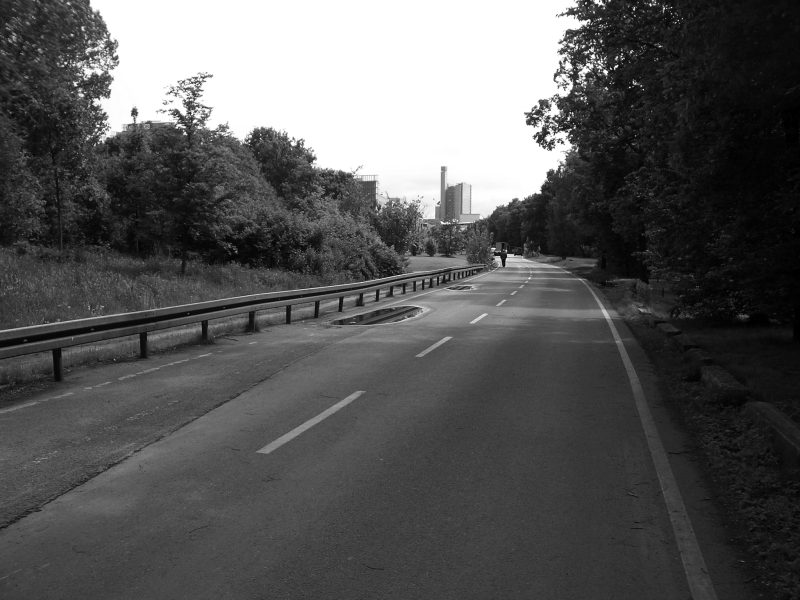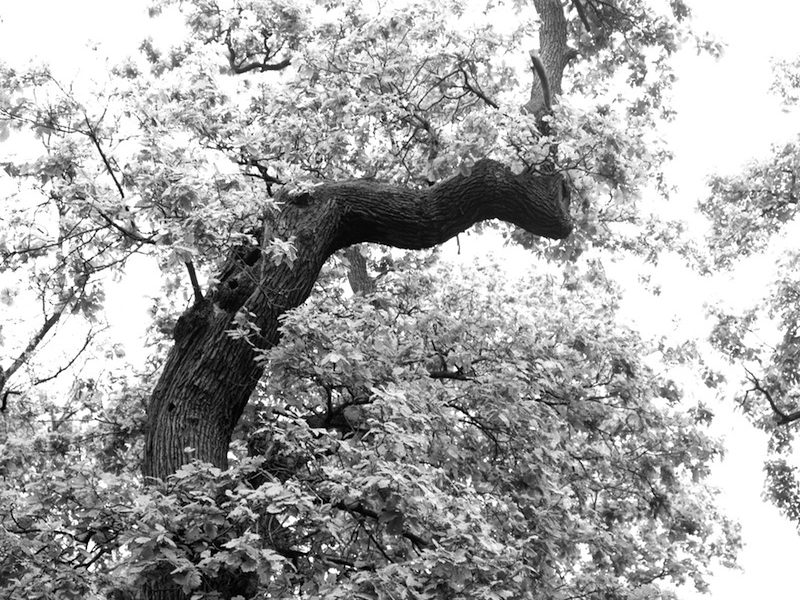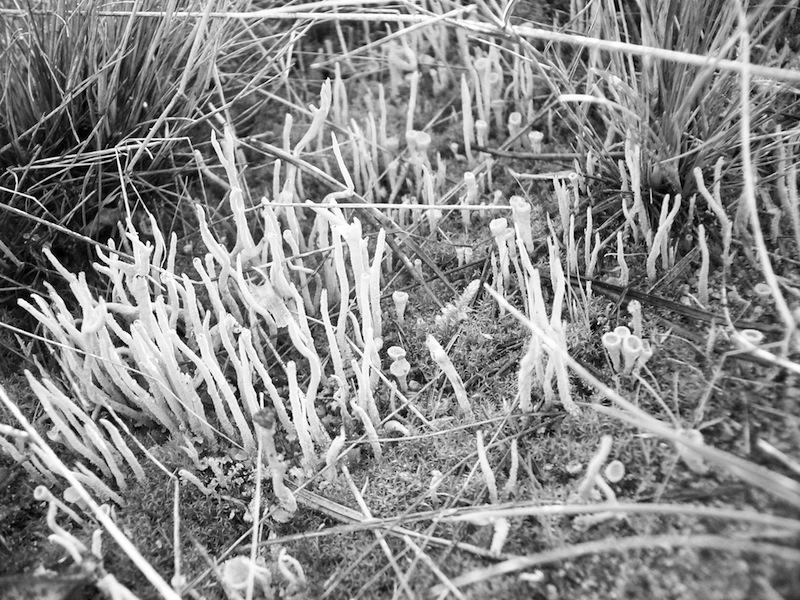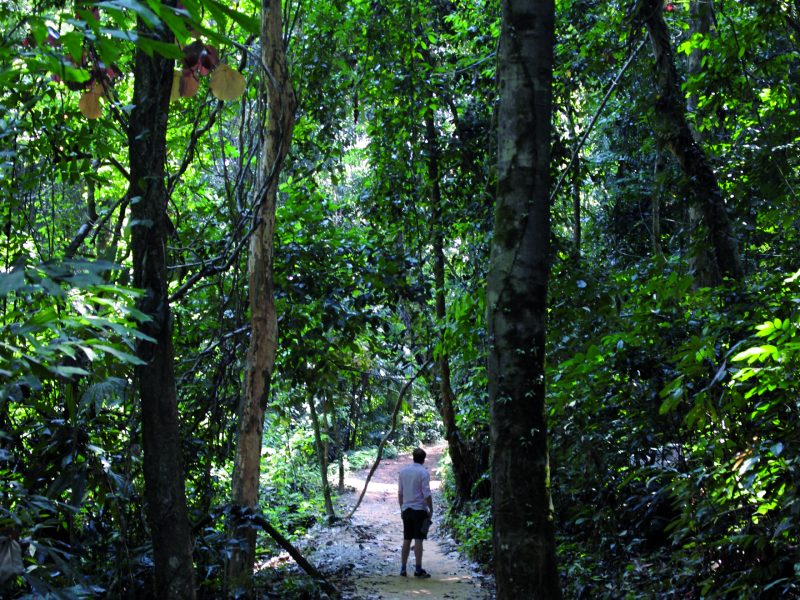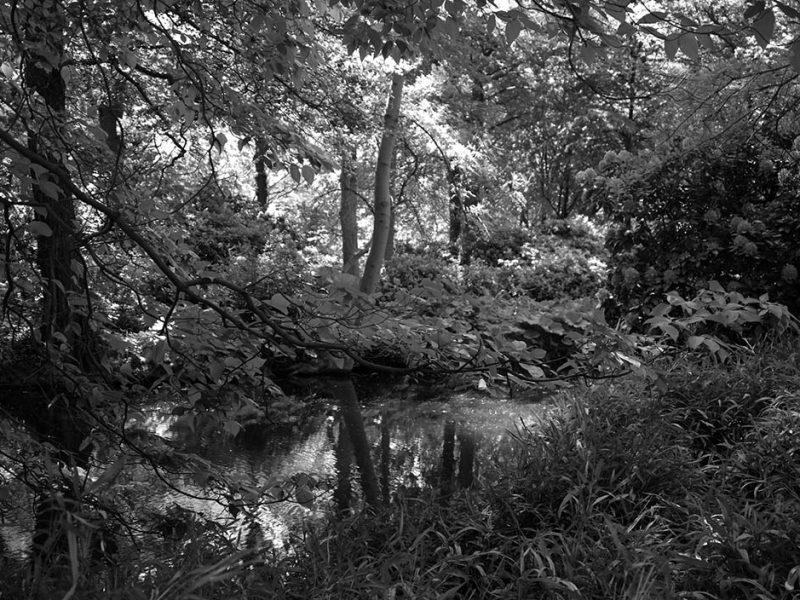Tiergarten - This Obscure Object of Desire 2 [Studio]
Final Review
Teaching
Tiergarten is an artifact grown out of all the histories of Berlin: floodplain of the glacial valley, wetland, royal hunting game, forest with carved Baroque rooms, landscape park, stage for nazi parades, battlefield of II World War, firewood and farming land in post-war state of emergency, replanted and reconstructed in the 1950s. Fenced in by a Kurfürst at first for his private pleasure, later unfenced for public enjoyment, and perhaps fenced again in the future for protection and control of the masses of the Festmeile ever increasing public events.
It reconciles many worlds at once: A model prototype for a city where life is thriving, rich in species, evoking the unusual ethics and esthetics of Sublime, Horrific and Rococo decay. Tiergarten is inclusive, beautiful and messy, interpretable in use and generous in sharing. Tiergarten is an oracle of future that might be, will ever be, might never be. A promise of lichens and moss in the midst of burnt hydrocarbons.
This Teaching-Research-Studio, continuing the analytic and cartographic work of the Summer Semester 2013 Seminar, mapped historical and current layers of human, animal, mineral and floral nature in Tiergarten.
(fig: Büro für Konstruktivismus)
Students SS 2014
- Dario Attico
- Huan Binquan
- Isa Fahrenholz
- Thilo Gra˚mann
- Dorothee Hahn
- Sebastian Henschke
- Dong Jia
- Joke Leon Klein
- Kathrin Krell
- David Leinen
- Björn Lotter
- Sören Mackel
- Debora Mendler
- Stephanie Nick
- Camilla Parrella
- Ruiqi Shan
- Mei Zhang
The experts of the excursions in 2013 and 2014
- Derk Ehlert, Wildtierreferent des Landes Berlin
- Jürgen Götte, Tiergarten-Inspektorenleiter Bezirksamt Mitte
- Angela von Lührte, Biologin mit Schwerpunkt Waldökologie
- Maria-Sofie Rohner, Landschaftsplanerin mit Schwerpunkt Botanik und Naturschutz
- Christoph Schaaf, ex Tiergarten-Inspektorenleiter, NABU Referent
- Jens Scharon, NABU Referent für Artenschutz Berlin
- Steppengarten Arbeitskreis: PhD Dr. Gabriele Holst, Landschaftsarchitektin and Steffi Kiebacks, Landschaftsarchitektin
- Jan Uhlig, Fachbereichsleiter Pfaueninsel
Guest Critics
- Arno Brandlhuber, brandlhuber+
- Martin Conrads, Institut für Transmediale Gestaltung UDK, desperatecapital
- Silvan Linden, Büro für Konstruktivismus
- Franziska Morlok, Institut für Transmediale Gestaltung UDK, Rimini Berlin
Final Review
10.30
A815
Projects Exhibition Opening
17.30
A815
